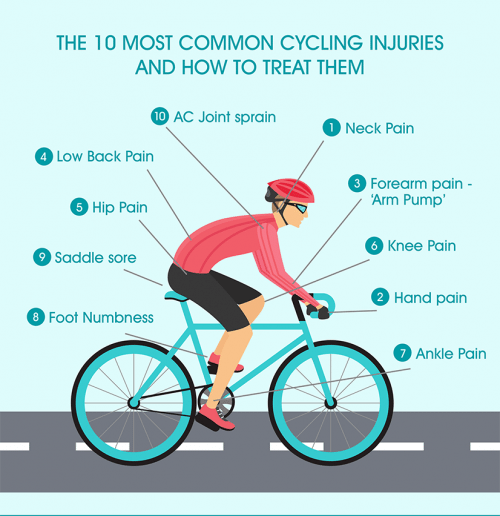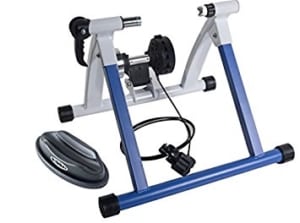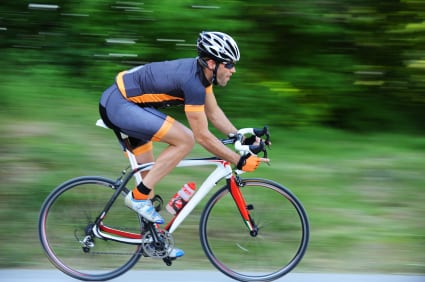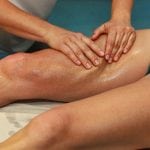Keen cyclist? Read about our new Bike Fit service!
With Richmond Park and the Surrey Hills almost on our doorstep it’s not surprising that cycling has become such a popular sport in this area.
Cycling places unique demands on the body and, here at Physio on the River, we frequently assess and manage people with problems related to cycling. These include aches and pains caused by cycling and the way the bike fits the person, as well as movement issues and physical problems with their body that impedes their cycling – and often both at the same time!
Therefore, it is entirely appropriate that we are now able to offer a comprehensive ‘Bike Fit Assessment‘ by a Physiotherapist to ensure optimal performance, manage any individual musculoskeletal imbalances in the body, minimise injury risk and keep you pedalling joyously!
One of our team of Physios, Richard Game, is a keen cyclist and loves treating cycling injuries. He is also trained in carrying out Bike Fit Assessments. Read more about how Richard can help and the value of having a thorough Bike Fit.
10 most common cycling aches and pains
- Neck pain – whether you are on a road bike, mountain bike or a hybrid, your neck has to be unnaturally extended for long period of time in order to see the road ahead. This commonly causes neck pain and sometimes neck related headaches

- Hand pain – too much pressure on your hands (usually because of incorrect bike set up) can cause hand pain. Also pressure on the nerve can lead to finger tingling and weakness (a temporary nerve palsy)
- Forearm pain – this can be from over gripping the handlebars or incorrect set up causing too much load on the forearms
- Lower back pain – it’s not hard to see how flexing the back in an unnatural position for hours at a time can cause lower back pain! Correct bike set up can help to alleviate this.
- Hip pain – cycling involves an awful lot of repetition in a very static posture. Tightness across the front of the hips can pose a risk to developing hip pain
- Knee pain – incorrect alignment of the knee when cycling (allowing it to drift inwards or outwards) can provoke knee pain
- Ankle pain – the position of the foot on the pedal and the cleats can alter the alignment and loading through the ankle
- Foot numbness – pressure through the foot and toes can lead to numbness of the foot
- Saddle soreness – we’ve all experienced that I’m sure – but the position of the saddle in relation to handlebars and pedals can contribute more or less to this soreness
- AC joint soreness – the AC joint is a small joint that sits just above the main shoulder joint. It takes a lot of load transferred up from the arms and into the upper body. It too can get sore and lessening the load with correct bike set up can help to lessen the pain
So you can see that there are quite a few aches and pains that can develop and getting your bike fitted to you correctly can go a long way to alleviating the stresses through the various parts of your body.
What is the advantage of a Physiotherapist carrying out your bike fit assessment?
As Physios we can not only assess how the bike is set up correctly for you but we can also look at how well your physical make-up works on the bike! Not everyone is totally symmetrical and cyclists often carry old injuries and imbalances in their body. We have the background knowledge of the human body to assess what needs to be fixed in your skeleton and movement system for a more comfortable ride. So Physios can look at how well the bike fits you and how you fit the bike!
What is a bike fit assessment?
 Bike fitting aims to maximise rider comfort. A well fitted rider should be able to sustain a relaxed position on the bike with minimal effort, without causing strain and overloading tissues.
Bike fitting aims to maximise rider comfort. A well fitted rider should be able to sustain a relaxed position on the bike with minimal effort, without causing strain and overloading tissues.
Bike Seat position IS NOT a normal sitting position but on a bike! It’s an entirely different posture.
The key to a successful bike fitting is that the rider is relaxed, their posture is optimal, weight is distributed evenly and comfortably, the joints are extended optimally to produce power and the foot is stable.
What can you expect from your bike fit assessment?

Bike Turbo Trainer
A bike fitting will take approximately 75 minutes. You should attend wearing cycling clothing, the footwear you cycle in (cycle shoes with cleats if used) and of course, bring your bike!
You will have your bike connected to a turbo machine and expect to be riding for up to 25-30 minutes on and off whilst we carry out the assessment.
We may occasionally make recommendations on changes to components such as saddles, stems and handlebars and, as necessary, can help you to source them (though for most this shouldn’t be necessary).
We charge £180 for our new bike fit service.
Next steps…….
If you would like more information and a chat with our cycling physio guru Richard Game just:
- call 020 8876 5690
- contact us by email here



